
Afghan intelligence confirms top al Qaeda leader killed in raid
Qari Saifullah Akhtar’s waged jihad for four decades. He has been directly linked to Osama bin Laden and Pakistan’s Inter-Services Intelligence Directorate.

Qari Saifullah Akhtar’s waged jihad for four decades. He has been directly linked to Osama bin Laden and Pakistan’s Inter-Services Intelligence Directorate.

The Islamic State’s Khorasan province claimed credit for today’s suicide bombing at a Sufi shrine in Sindh province, Pakistan that killed at least 70 people and wounded scores more.
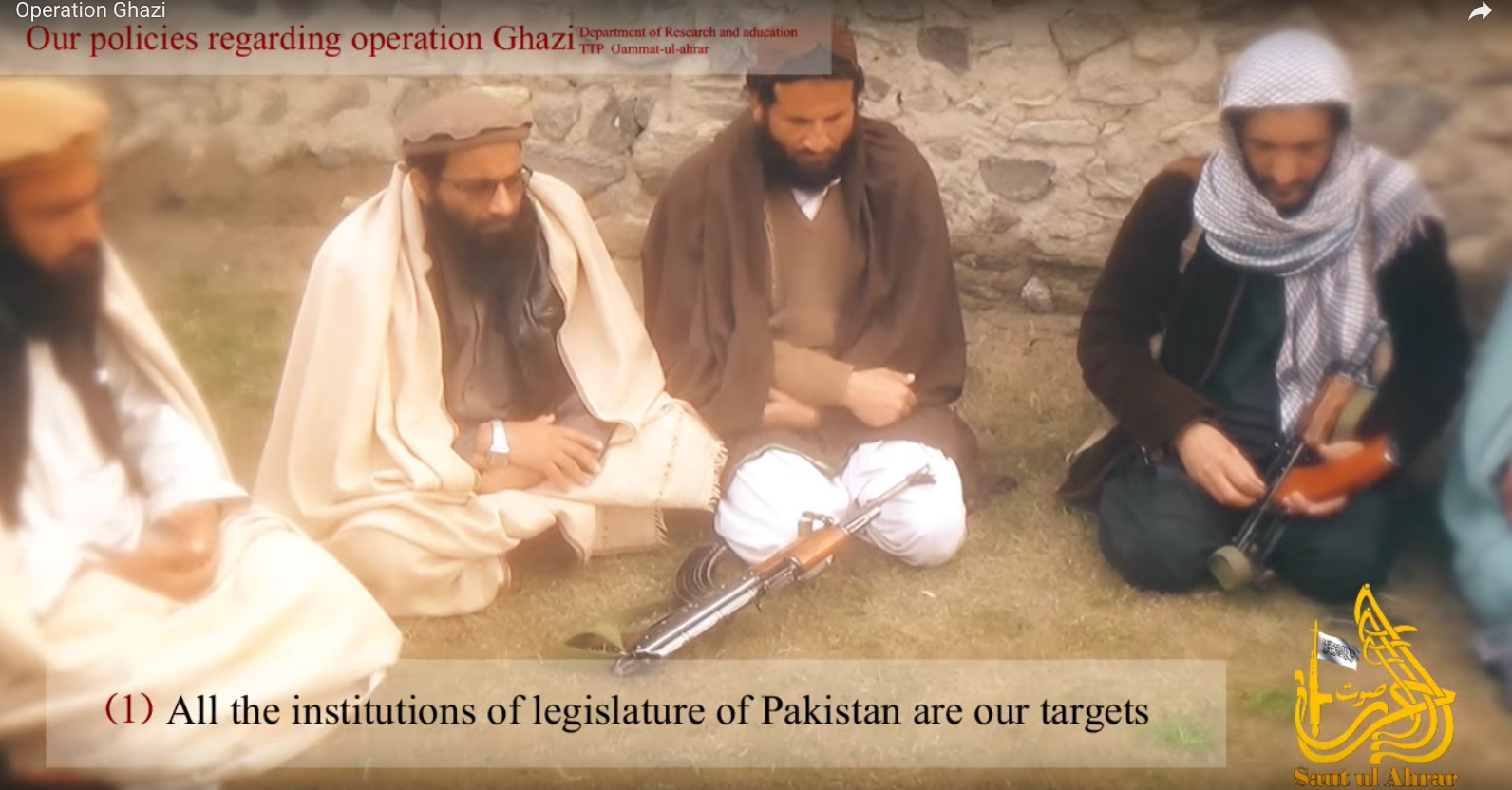
Jamaat-ul-Ahrar claimed that attack, which killed at least 10 people and wounded scores more, under Operation Ghazi. The operation targets all factions of the Pakistani state.
The Taiban claimed the murder of six Red Cross workers and the abduction of two more in Jawzjan province is “the work of kidnappers.” But the group has attacked NGOs in the past.
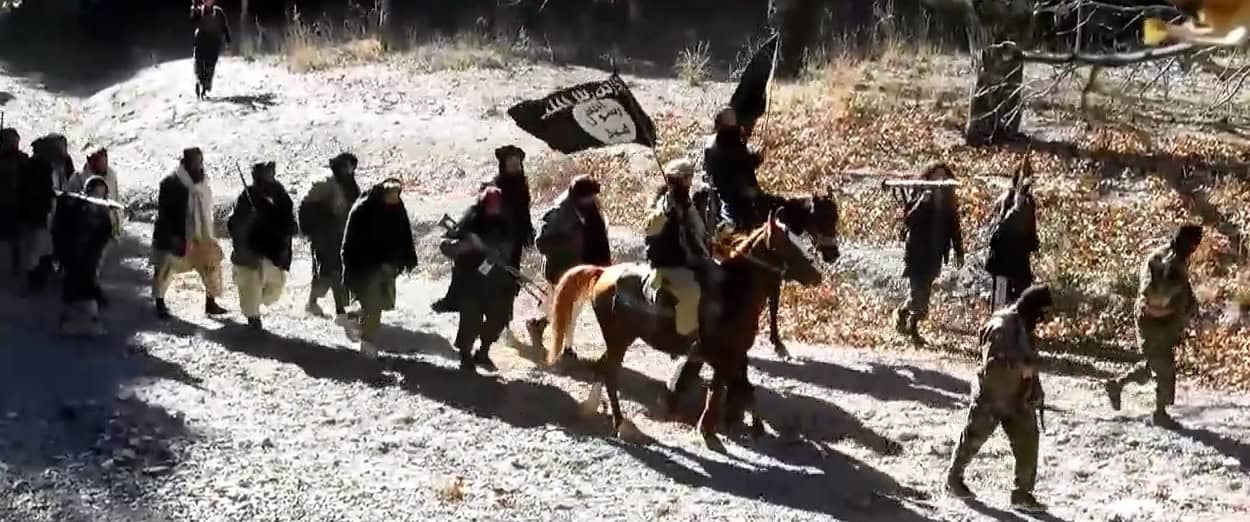
The attack was executed by a Tajik fighter, who may have been a member of the Islamic Movement of Uzbekistan faction that merged with the Islamic State’s Khorasan province.
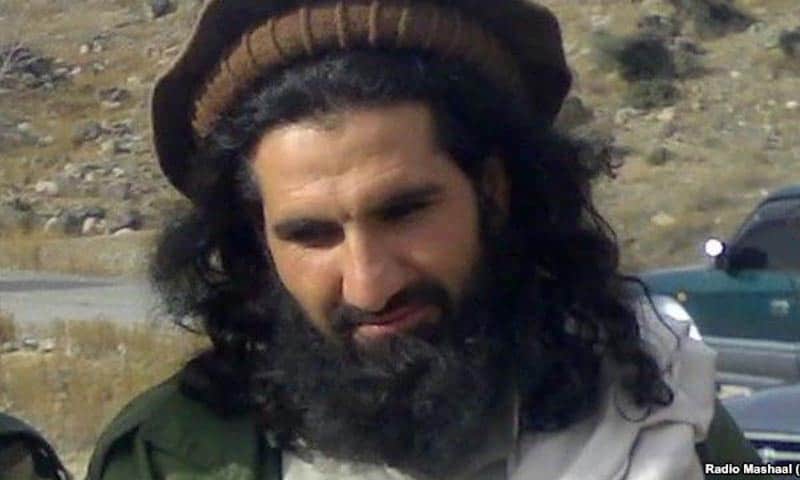
The Khalid Mehsud Group, which commands Taliban fighters in South Waziristan, has rejoined the Movement of the Taliban in Pakistan after breaking away in 2014.

The video, from Jamaat-ul-Ahrar, a powerful faction of the Movement of the Taliban in Pakistan, highlights the training of suicide bombers and an assault on a Pakistani military base that took place last November.
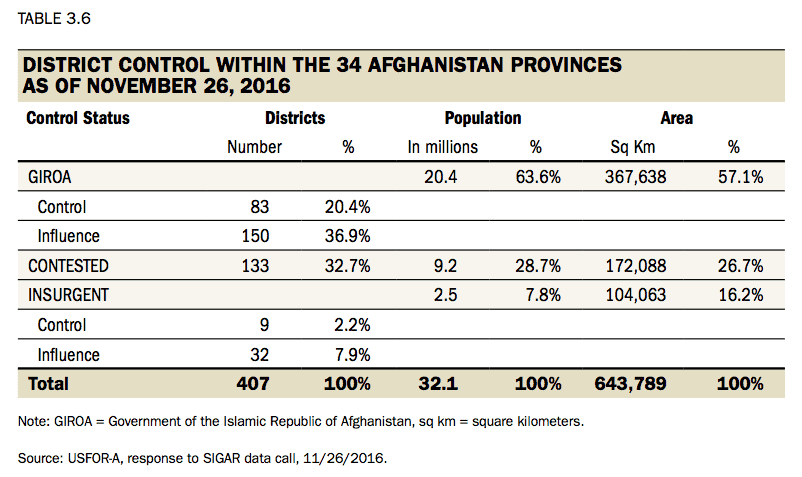
An estimated 15 percent of Afghanistan’s districts have slipped from the government’s control since the fall of 2015, SIGAR reported. The assessment is based on figures provided by the US military.
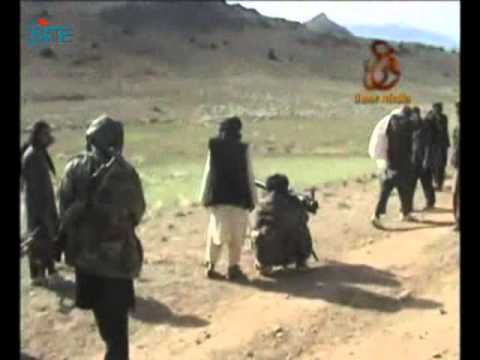
While the operational tempo of jihadist groups based in Pakistan has decreased significantly, they are still capable of executing horrific attacks and remain a major threat to the Pakistani state.
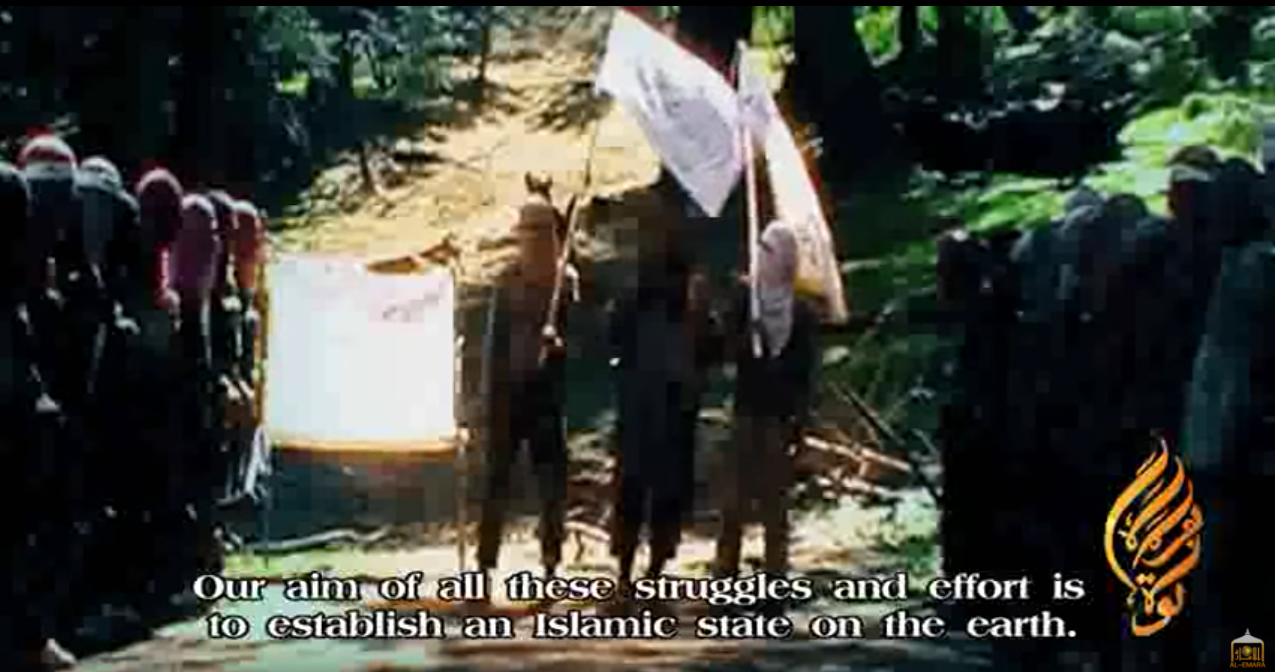
While promoting its Al Farouq Training Camp, a speaker said that Taliban’s ultimate goal is the establishment of a global Islamic state.
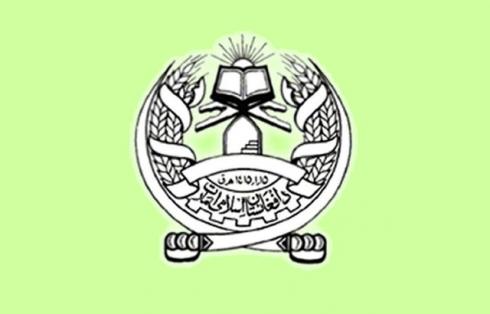
In what looks to be an act of desperation to distance itself from the attack, the jihadist group has now issued three separate statements of denial of involvement.

Mawlana Salimullah Khan was also the president of Pakistan’s largest confederation of Deobani seminaries and schools. His son and grandson were deported from the United States for immigration violations after the FBI linked them to an al Qaeda plot in California.

The Taliban has good reason to deny involvement in this attack, as it has used the UAE to fundraise and gather support for jihadists based in Afghanistan and Pakistan.
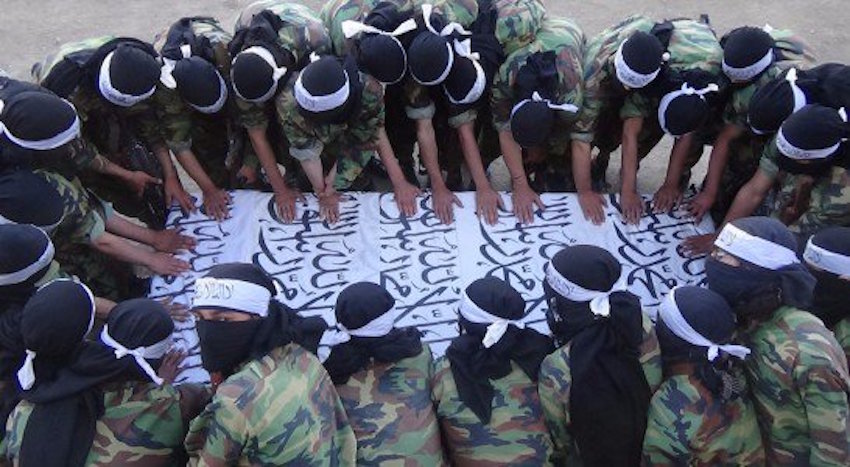
General Abdul Raziq, the chief of police for Kandahar who has battled the Taliban for years and has been the target of numerous assassination attempts, is pushing the idea of a “safe zone” for the Taliban in Afghanistan.

In its statement claiming credit for today’s attack, the Taliban said that “both of the attackers were from the Martyr Battalion of Islamic Emirate.” The Taliban has deliberately targeted first responders in the past.

Russia is openly advocating on behalf of the Taliban, arguing that the jihadist group should be considered a bulwark against the Islamic State’s branch in Afghanistan. But the Taliban is a bigger threat to Afghan security than Abu Bakr al Baghdadi’s men, the organization remains closely allied with al Qaeda and its own extremism should not be downplayed.

In the past, the Taliban has assassinated key political and military leaders in an attempt to destabilize districts and provinces coveted by the group.

The US has killed or captured approximately 250 al Qaeda and al Qaeda in the Indian Subcontinent leaders and members in Afghanistan in 2016. US officials have downplayed the extent of al Qaeda’s presence in the country for years. After the raids this year, US intelligence should prepare a fresh assessment.

The Taliban bring another influential wayward commander back into the fold. Mullah Abdul Razaq Akhund served as the Taliban’s interior minister and chief of police in Kabul. He also served as a member of the Quetta Shura and was an adviser to Mullah Omar.

A new video from the Taliban features several images and clips of al Qaeda leaders, further demonstrating that the two remain firmly allied more than 15 years after the 9/11 hijackings.

The Taliban said 100 mujahideen have graduated from its Khalid bin Walid Camp and 50 more from its branch, the Abu Dujana Camp. The Taliban claimed that the Khalid bin Walid Camp has 12 branches throughout Afghanistan.
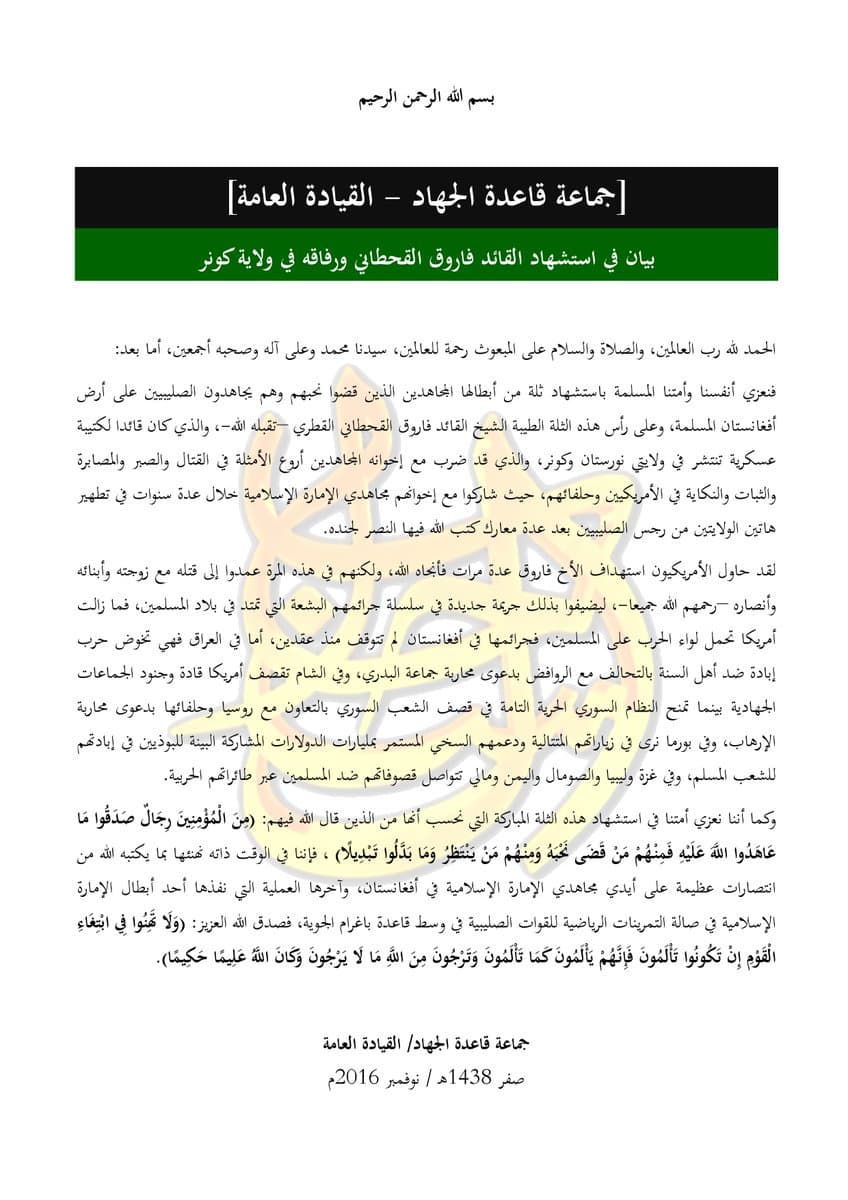
Al Qaeda’s general command has released a statement commenting on the “martyrdom” of Faruq al Qahtani and others. They were killed in an American airstrike on Oct. 23 in Afghanistan. Osama bin Laden’s files show that Qahtani was tasked with establishing new safe havens for al Qaeda in Afghanistan in 2010, if not earlier.
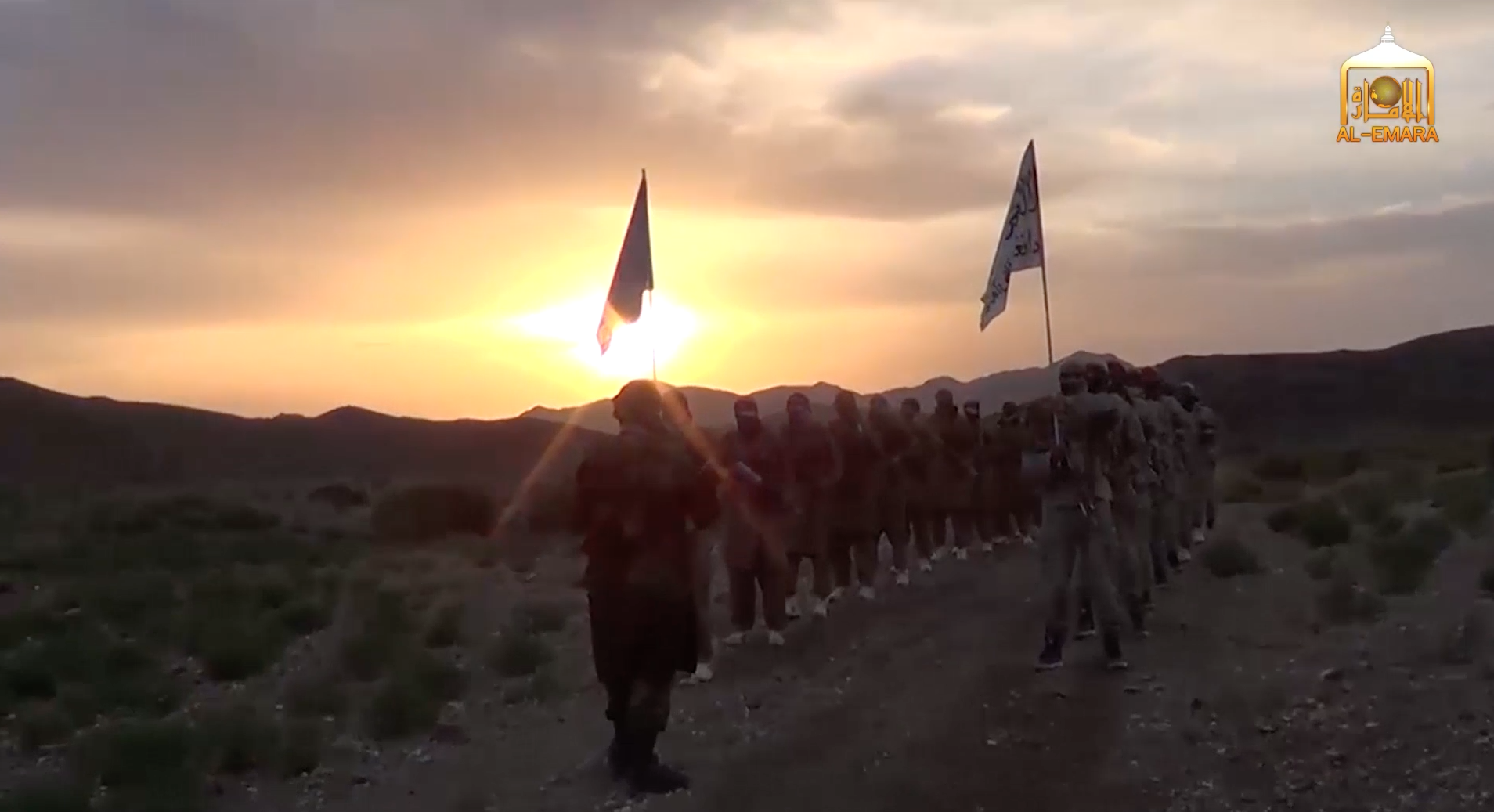
The claim cannot be independently verified, but Ghorak district has been hotly contested and Taliban has overrun it in the past. Security in Kandahar province also appears to be deteriorating.

The attack is the second of its kind in the Afghan capital by the Islamic State in the past six weeks.
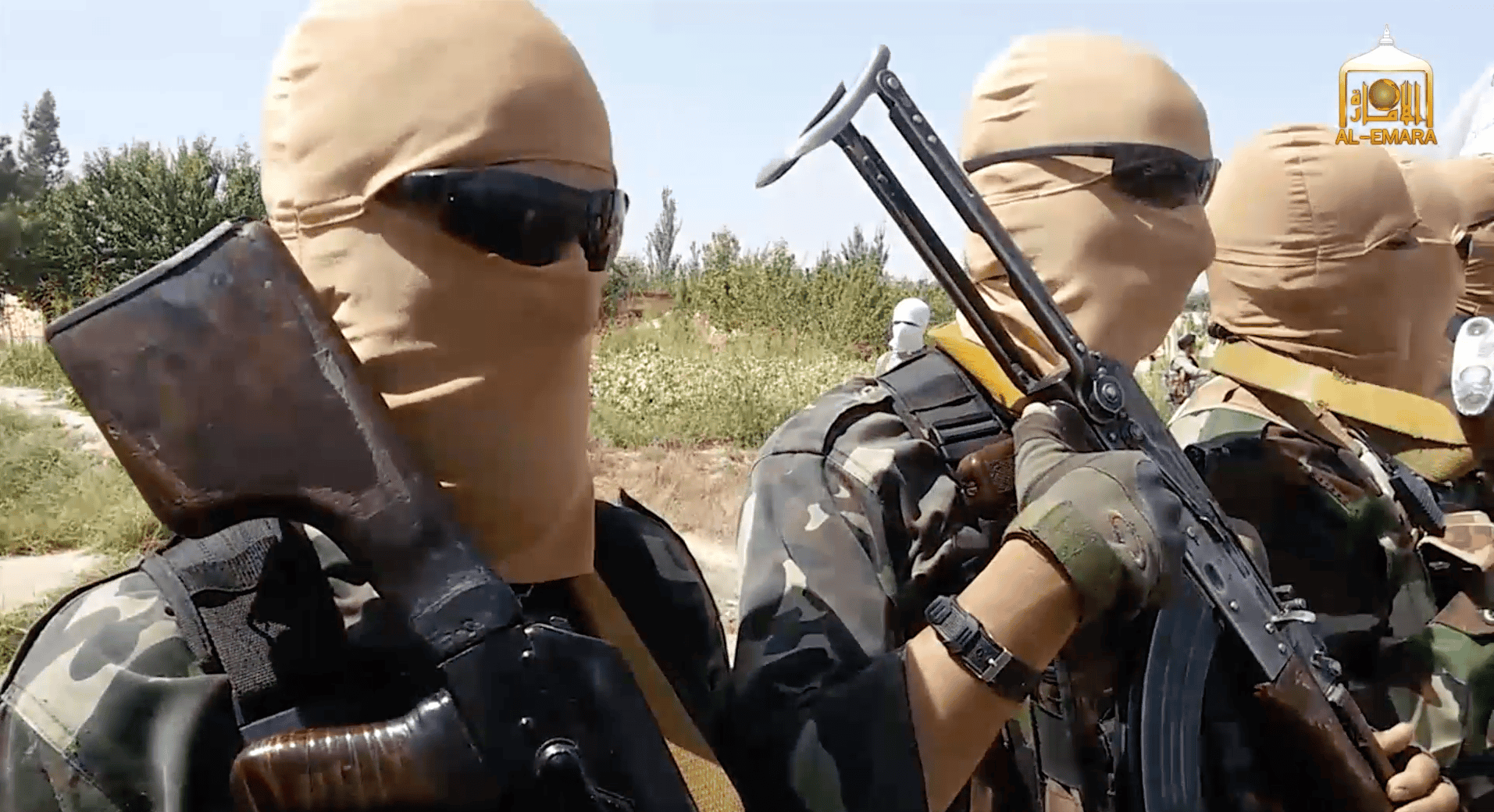
The Taliban denied reports that Mullah Attaullah was killed by police forces. The Afghan government has a spotty track record when reporting on the deaths of Taliban commanders.

During a congressional hearing earlier today, Director of National Intelligence James Clapper testified that “violent extremism” — that is, jihadism — demands more intelligence collection and analysis now “than at any other point in history.”
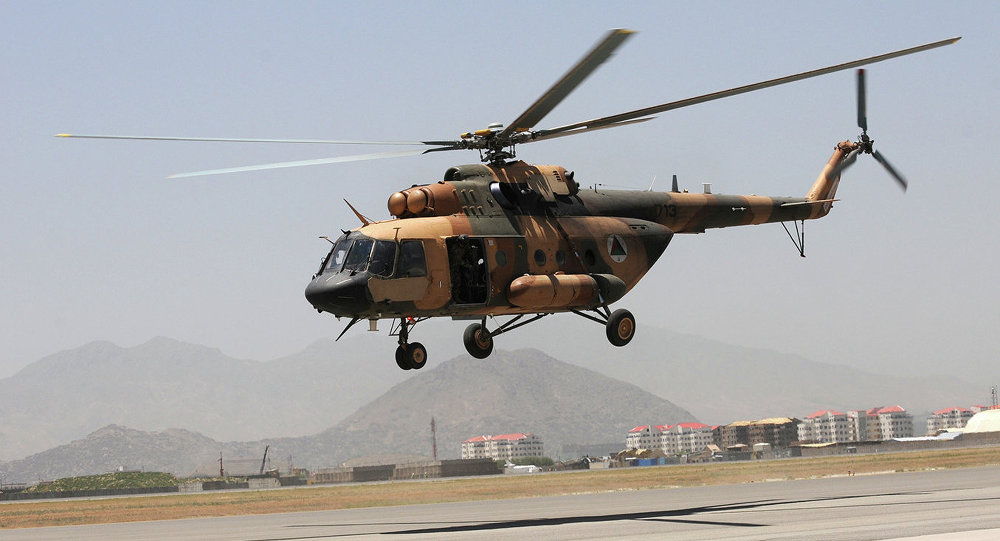
Afghan officials confirmed a helicopter encountered problems in Logar province, but said it “made a hard landing due to technical problems.”

The Taliban suicide bomber who killed two American soldiers and two contractors at Bagram Air Base in Afghanistan’s central province of Parwan on Nov. 12 had joined the Afghan government’s “peace process” and reconciled in 2008.

The Taliban and the Islamic State have issued competing claims for attacks in Afghanistan in the past. The Taliban has had some success in shooting down US and Afghan military helicopters.

The base has been the focus of high-profile Taliban and jihadist attacks in the past. Resolute Support did not say how a Taliban suicide bomber was able to penetrate security at Bagram Air Base.